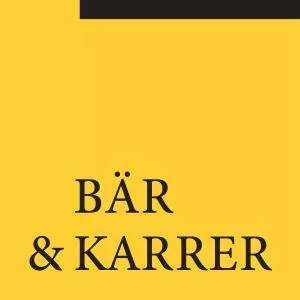- within Litigation and Mediation & Arbitration topic(s)
- with readers working within the Banking & Credit industries
- within Food, Drugs, Healthcare, Life Sciences, Privacy, Media, Telecoms, IT and Entertainment topic(s)
The Swiss Federal Supreme Court has clarified that the one-year limitation period to file a forced-heirship reduction claim (Herabsetzungsklage) against the recipient of a lifetime gift (lebzeitige Zuwendung) begins once the entitled heir knows both the identity of the gift recipient and the approximate value of substantial lifetime gifts.
Background
Under Swiss inheritance law, certain heirs are protected by forced heirship laws and therefore entitled to a minimum share of the estate (Pflichtteil).
If a testator violates such minimum shares by way of last will or by making certain substantial lifetime gifts, heirs protected by forced heirship rights can file a reduction claim against the other heirs. Ultimately, and to the extent the remaining estate is not sufficient to satisfy their forced heirship claims, claims can be brought against the recipients of substantial lifetime gifts.
Article 533 of the Swiss Civil Code provides for a one-year relative limitation period, which starts when the claimant learns of the infringement and the relevant circumstances. However, the exact trigger point of this one-year period had been debated among scholars and courts. The new landmark decision provides clarity on this key issue.
Facts of the Case
In the case before the Swiss Federal Supreme Court, the grandchildren of the testator were entitled to a forced heirship share
of the estate. They challenged several substantial lifetime gifts made by the deceased to the surviving spouse and two trusts. They claimed that these transfers had significantly diminished the estate and filed a reduction claim against the surviving spouse and the trustee of both trusts. Both, the surviving spouse and the trustee argued that the claimants had not filed their claims within the one-year limitation period and that the claims should therefore be dismissed.
Decision of the Swiss Federal Supreme Court
Contrary to the lower courts, the Swiss Federal Supreme Court held that the one-year period runs separately for each recipient.
It begins only once the heir knows the two essential facts to bring a claim: (1) the recipient's identity and (2) the approximate value of the gift(s).
Although the claimants knew the approximate value of the gifts to the surviving spouse earlier in time, they filed their claim only after the end of the one-year period. The claim against the spouse was therefore time-barred. However, the trustee's identity was only discovered later. Therefore, the claim against the trustee was filed within the limitation period.
Accordingly, the Swiss Federal Supreme Court dismissed the claim against the spouse but admitted the complaint against the trustee and referred the case back to the court of first instance.
This decision clarifies that the limitation period for reduction claims against recipients of lifetime gifts only starts when the claimant knows the identity of the recipient and the approximate value of the gift.
In light of the strict one-year period, it is prudent to file reduction claims against a recipient of substantial lifetime gifts as soon as the name of the recipient is known and the claimant is aware that the defendant has likely received gifts which infringe their forced heirship rights, even if the exact value of such gifts is still unknown.
The content of this article is intended to provide a general guide to the subject matter. Specialist advice should be sought about your specific circumstances.



